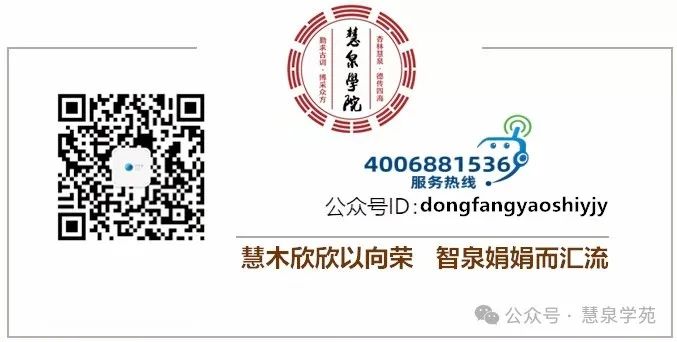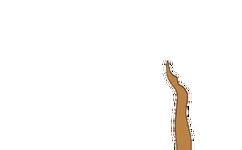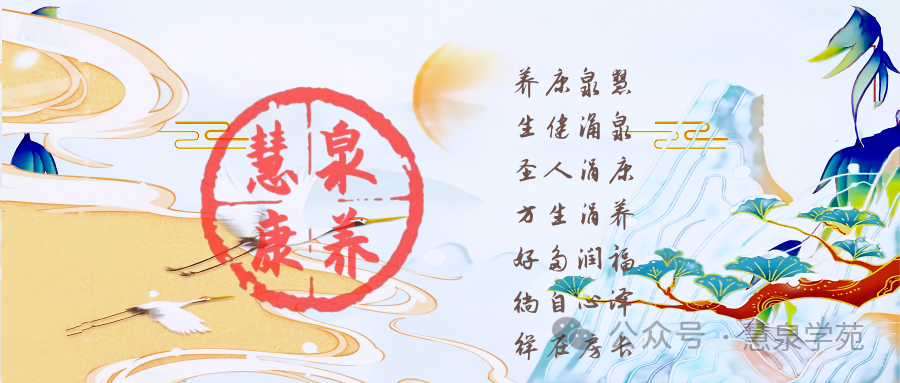
Traditional Chinese Medicine (TCM) health preservation has a long history, and its principles and methods have been revered by many for thousands of years. Today, we will explore several major methods of TCM health preservation to help everyone better nourish their body and mind in daily life, achieving the goal of health and longevity.
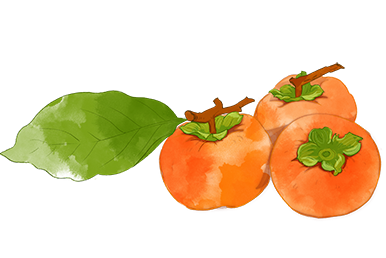
1. Aligning with Nature and Harmonizing Yin and Yang
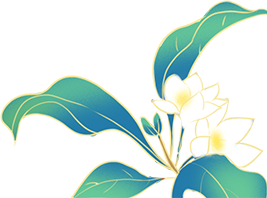

The core concept of TCM health preservation is to align with nature and harmonize Yin and Yang. TCM believes that the human body is a small universe, closely connected to the larger universe of nature. Therefore, our health preservation methods must follow the laws of nature, corresponding with the four seasons and harmonizing Yin and Yang.
1
Seasonal Health Preservation
According to the natural laws of spring growth, summer flourishing, autumn harvest, and winter storage, adjust your daily routine and dietary habits. For example, in spring, it is advisable to sleep early and rise early, consuming foods that nourish the liver; in winter, it is better to sleep early and rise late, consuming foods that nourish the kidneys.
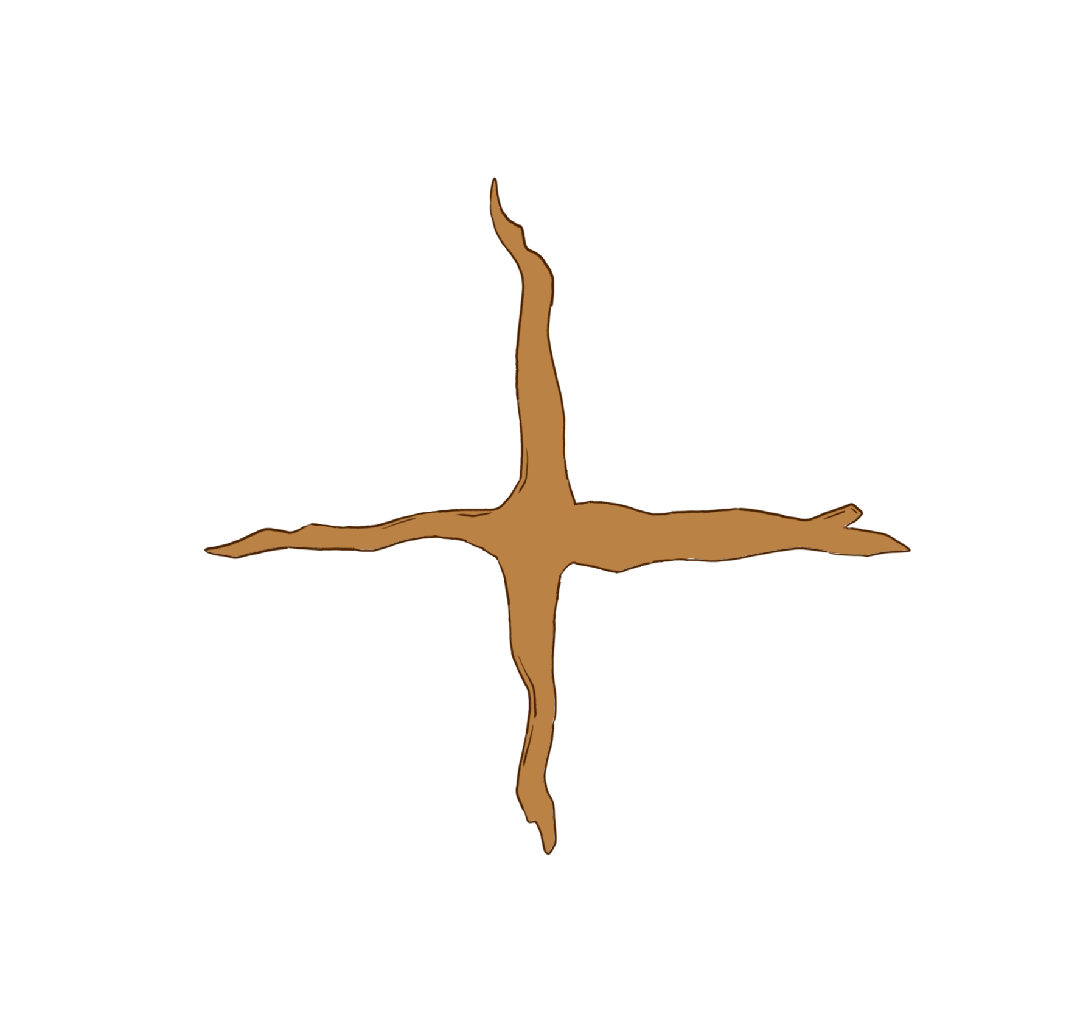
2
Yin-Yang Balance
TCM emphasizes the balance of Yin and Yang, believing that the occurrence of diseases is often related to the imbalance of Yin and Yang. Therefore, during health preservation, it is important to focus on regulating Yin and Yang, such as through reasonable dietary combinations, appropriate exercise, and good daily routines to maintain this balance.

2. Dietary Health Preservation: Food and Medicine Share the Same Source
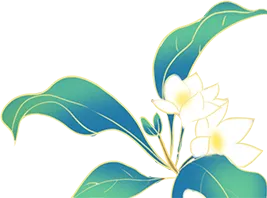

Diet is the most direct method of health preservation in daily life. TCM emphasizes that food and medicine share the same source, and many foods are considered to have medicinal value.
1
Grains and Legumes: Nutritional Balance
Grains and legumes are the dietary foundation praised by TCM, rich in various nutrients that can meet the body’s needs.
For example, millet nourishes the spleen, and soybeans nourish the kidneys; one can choose suitable grains and legumes based on their constitution.
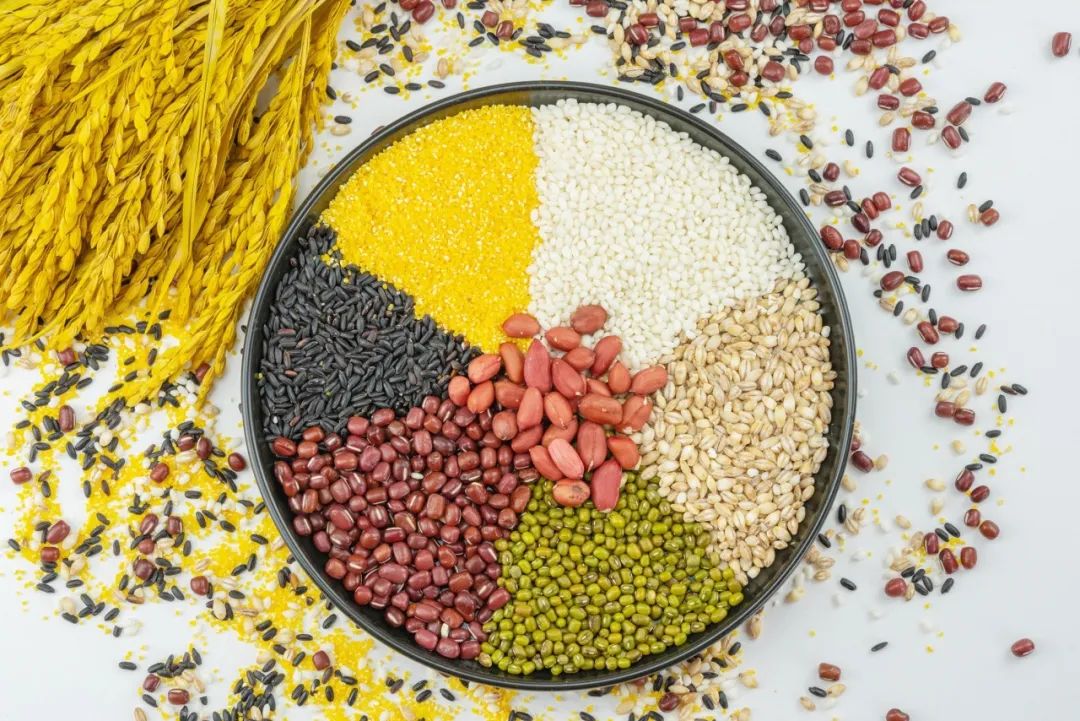
2
Medicinal Cuisine: Integrating Medicine into Food
TCM combines many foods with medicinal properties to create medicinal dishes that are both delicious and beneficial for body regulation.
For example, Dang Gui (Angelica Sinensis) and Ginger Lamb Soup can warm and nourish Qi and blood, suitable for those with a cold and deficient constitution.
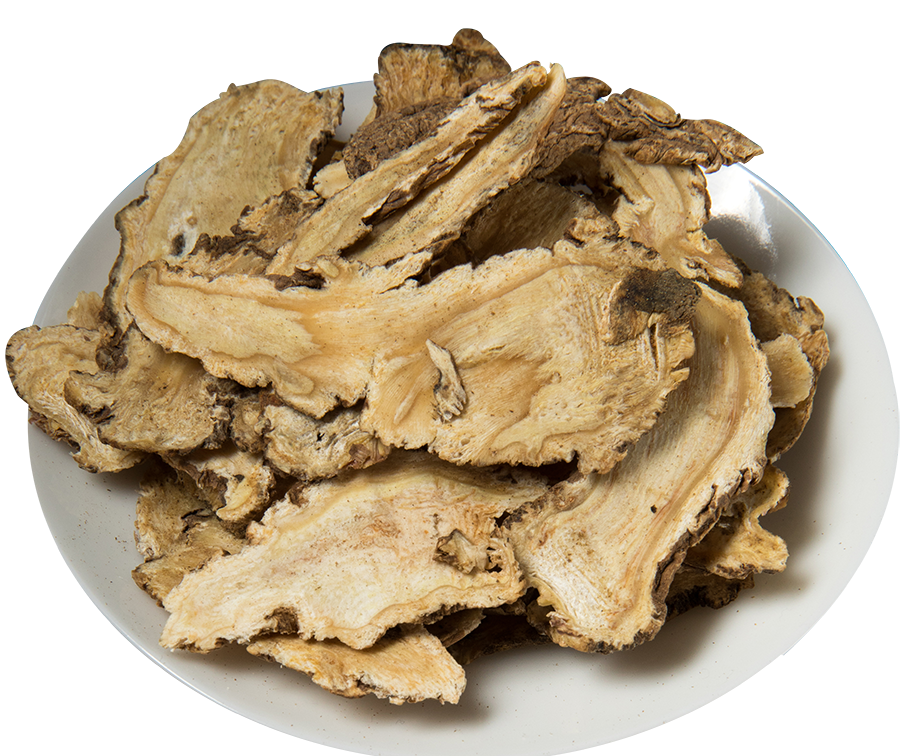
3
Moderation in Diet: Avoiding Excessive Cravings
TCM emphasizes that diet should be moderated, avoiding both excessive hunger and overeating, while also avoiding cravings for specific foods to prevent nutritional imbalance or burden on the organs.
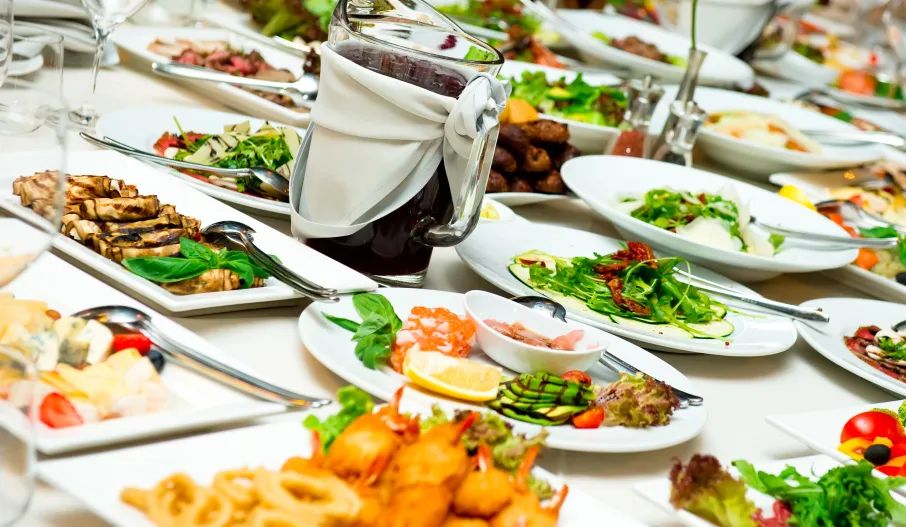
3. Combining Movement and Stillness: Nourishing Body and Spirit Together


TCM health preservation not only emphasizes physical exercise but also stresses the cultivation of the spirit. The combination of movement and stillness, nourishing both body and spirit, is the path of holistic cultivation from the TCM perspective.
1
Moderate Exercise: Strengthening the Body
Moderate exercise can promote the circulation of Qi and blood, strengthening the muscles and bones. Traditional TCM exercises such as Tai Chi and Ba Duan Jin (Eight Pieces of Brocade) can both strengthen the body and regulate breath, achieving the effect of nourishing both body and spirit.
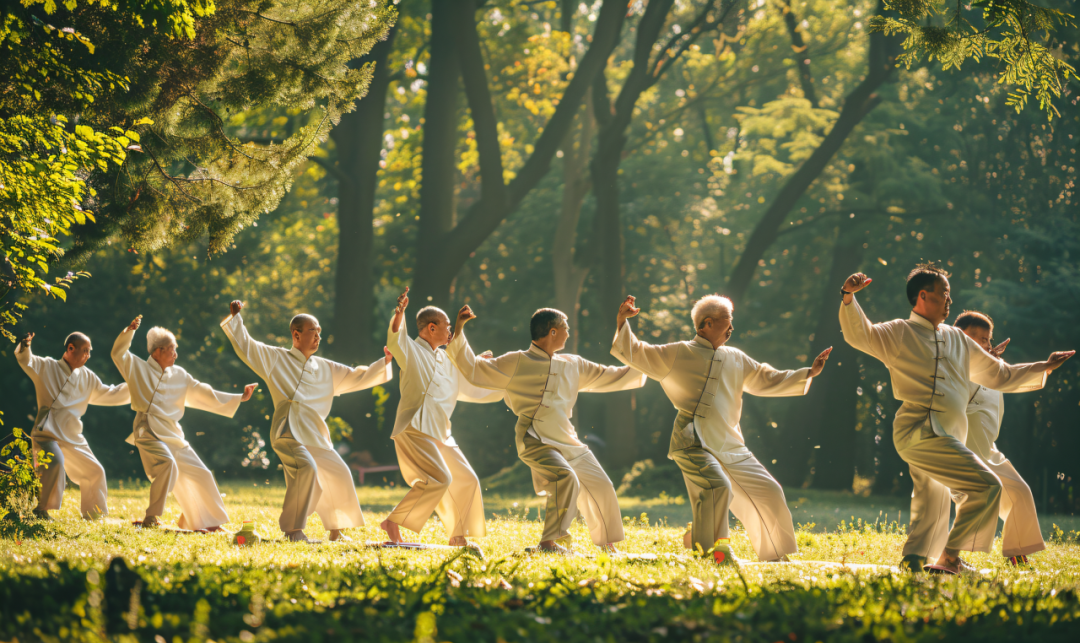
2
Calming the Mind: Harmonizing Emotions
TCM believes that emotions are closely related to the functions of the organs. Therefore, maintaining a peaceful mindset and avoiding excessive emotions is crucial for health preservation. Techniques such as meditation and quiet sitting can help calm the mind.

3
Regular Routine: Balancing Work and Rest
A regular routine is the foundation of health preservation. TCM advocates balancing work and rest, ensuring sufficient rest to avoid overexertion that can harm the body.

There are many methods of TCM health preservation, but the core principles revolve around aligning with nature and harmonizing Yin and Yang. In daily life, we only need to pay a little attention to integrate the wisdom of TCM health preservation into our lives to enjoy the beauty and joy that health brings.
Copyright Statement: We emphasize sharing, and the images and texts are sourced from the internet, with copyright belonging to the original authors. If there is any infringement, please inform us, and we will promptly delete and apologize.
Click the text below to learn more exciting content:
Fermented Chinese Medicine - A New Chapter in Inheriting Chinese Medicine Culture
Promoting TCM Culture for the Health of the People - Intangible Cultural Heritage - Non-Heritage Herbal Pathway
Non-Heritage Herbal Pathway: Usage, Applicable Population, and Precautions
What are the advantages of Non-Heritage Herbal Pathway compared to massage, moxibustion, and cupping?
Brief Analysis: Eastern Pharmacist Exercise Therapy